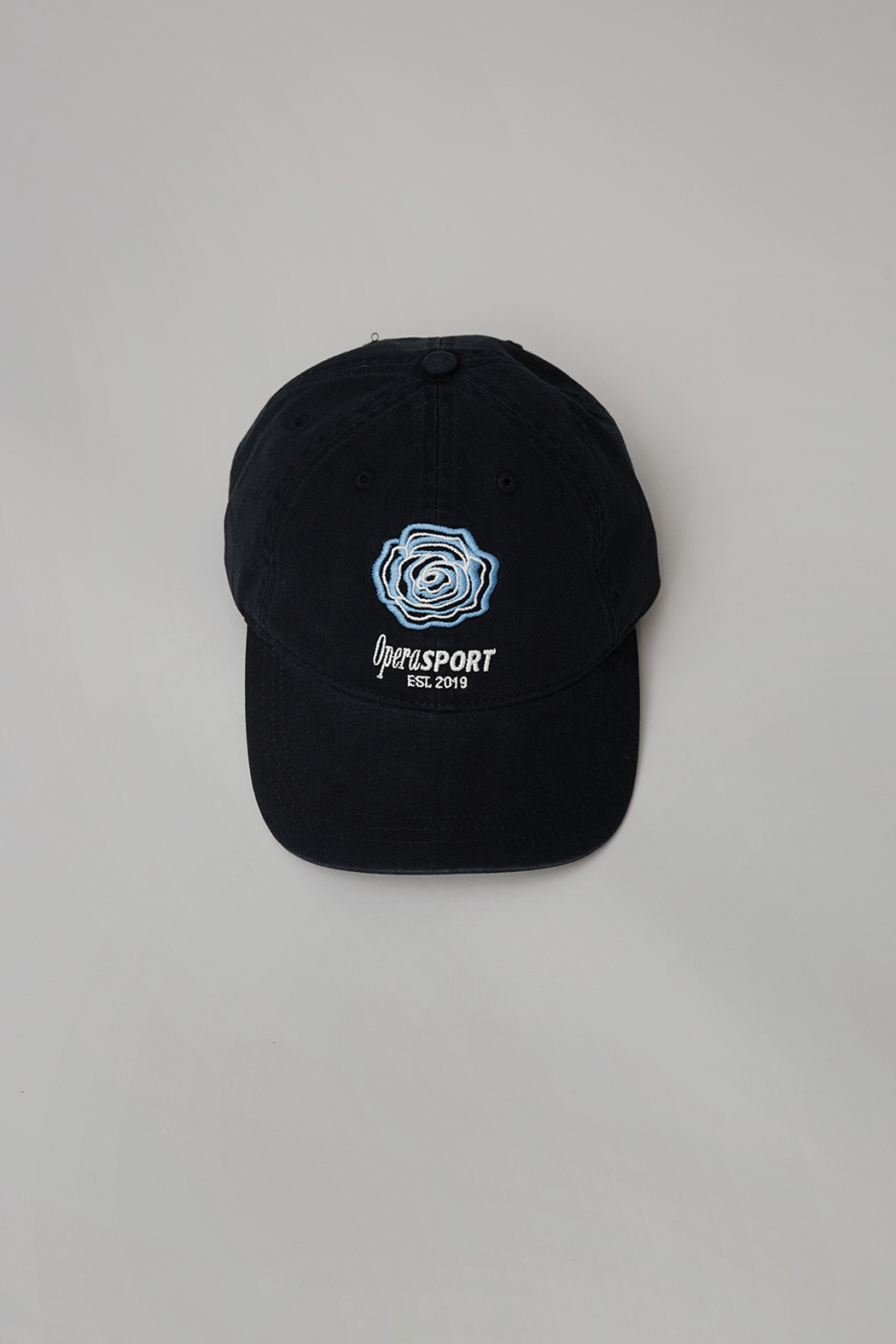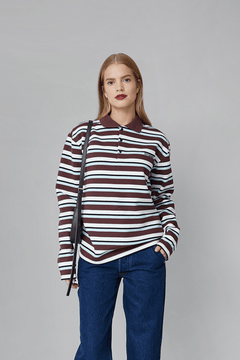Sorry, there are no products here.
ResetThis site has limited support for your browser. We recommend switching to Edge, Chrome, Safari, or Firefox.
Holiday Returns: Orders placed now through Christmas can be returned until 7 Jan 2026
Worldwide shipping I We ship worldwide with UPS & Fedex
Search
Search
Use coupon code WELCOME10 for 10% off your first order.
Cart
0
Congratulations! Your order qualifies for free shipping
You are 1.500 kr away from free shipping.
No more products available for purchase
Products










